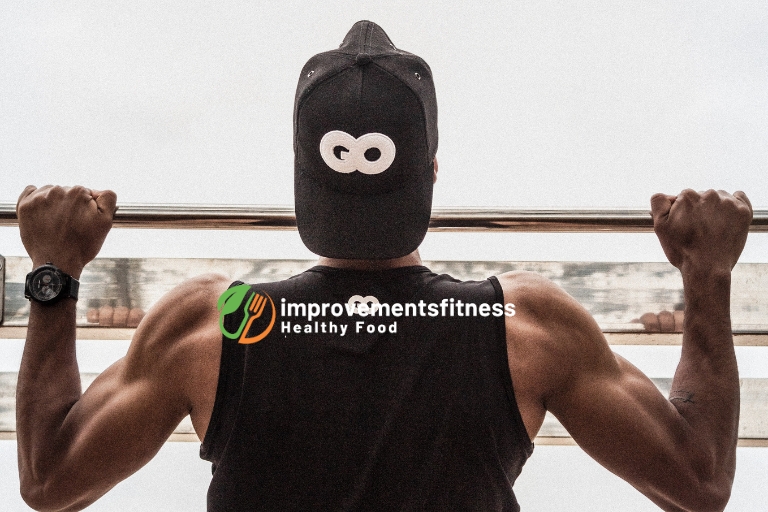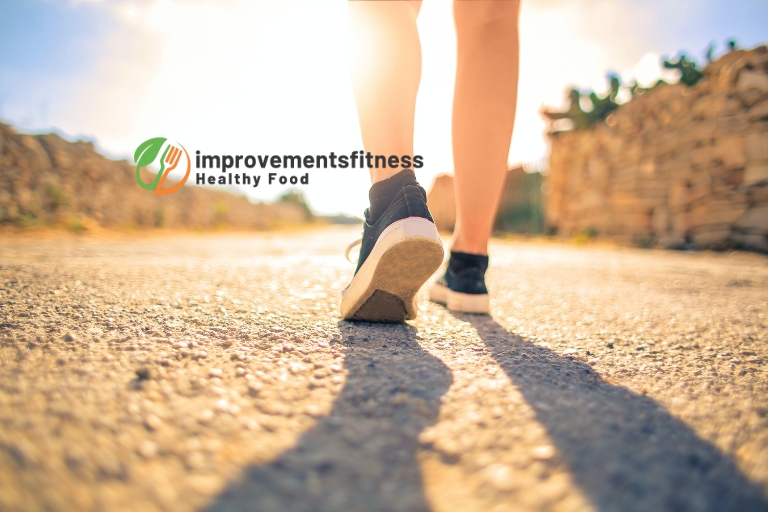Ultimate HIIT Workouts for Quick Results
Are you ready to get fit in less time? High-Intensity Interval Training (HIIT) might just be the answer you’re looking for. In this article, we’ll dive into what HIIT workouts are, why they’re so effective, and provide you with some of the best routines to achieve quick results. Let’s get started!
Introduction to HIIT Workouts
What is HIIT?
HIIT stands for High-Intensity Interval Training. It involves short bursts of intense exercise followed by brief periods of rest or lower-intensity exercise. This cycle is repeated multiple times in a single workout session. The idea is to push your body to its maximum capacity for a short period, then allow it to recover, and repeat.
Benefits of HIIT Workouts
Why choose HIIT over other forms of exercise? Here are some compelling reasons:
- Efficiency: HIIT workouts are quick and can be done in as little as 20-30 minutes.
- Burns More Calories: The high intensity increases your heart rate and burns more calories both during and after the workout.
- Improves Cardiovascular Health: HIIT has been shown to improve heart health and reduce the risk of heart disease.
- No Equipment Needed: Many HIIT exercises rely on body weight, making it accessible to everyone.
- Versatility: You can do HIIT workouts anywhere, whether at home, in a park, or at the gym.
How HIIT Saves Time
Imagine getting the benefits of a long workout in just a fraction of the time. HIIT is like the espresso of workouts – small, but packs a punch. This is ideal for those with busy schedules who struggle to find time for long exercise sessions.
HIIT vs. Traditional Cardio
Traditional cardio, like jogging or cycling, usually involves steady, moderate intensity over a long period. HIIT, on the other hand, alternates between maximum effort and rest. This not only saves time but also keeps your workout varied and engaging.
Preparing for Your HIIT Workout
Before diving into a HIIT session, it’s crucial to prepare your body:
- Warm-Up: Spend at least 5-10 minutes warming up to get your muscles ready and prevent injury.
- Hydration: Drink water before, during, and after your workout to stay hydrated.
- Proper Attire: Wear comfortable workout clothes and supportive shoes.
Basic HIIT Routine for Beginners
If you’re new to HIIT, start with this simple routine:
- Jumping Jacks – 30 seconds
- Rest – 30 seconds
- High Knees – 30 seconds
- Rest – 30 seconds
- Bodyweight Squats – 30 seconds
- Rest – 30 seconds
- Push-Ups – 30 seconds
- Rest – 30 seconds
Repeat this circuit 3 times. As you get more comfortable, you can increase the duration of the exercises and reduce the rest periods.
Intermediate HIIT Workout Plan
For those who have some experience with HIIT, try this intermediate routine:
- Burpees – 40 seconds
- Rest – 20 seconds
- Mountain Climbers – 40 seconds
- Rest – 20 seconds
- Lunges – 40 seconds
- Rest – 20 seconds
- Plank – 40 seconds
- Rest – 20 seconds
Repeat this circuit 4 times. Increase intensity by adding weights or reducing rest time.
Advanced HIIT Exercises
Ready for a challenge? Advanced HIIT routines incorporate more complex movements:
- Box Jumps – 45 seconds
- Rest – 15 seconds
- Spider Push-Ups – 45 seconds
- Rest – 15 seconds
- Plyometric Lunges – 45 seconds
- Rest – 15 seconds
- TRX Rows – 45 seconds
- Rest – 15 seconds
Repeat this circuit 5 times. Ensure proper form to avoid injuries.
Tips to Maximize Your HIIT Results
- Consistency is Key: Stick to a regular schedule, aiming for at least 3 HIIT sessions per week.
- Focus on Form: Proper technique prevents injuries and ensures maximum benefit from each exercise.
- Mix It Up: Vary your exercises to target different muscle groups and keep your workouts interesting.
Common Mistakes to Avoid
Avoid these common pitfalls to get the most out of your HIIT workouts:
- Skipping the Warm-Up: Always warm up to prepare your body and prevent injury.
- Overtraining: HIIT is intense. Ensure you get enough rest between sessions.
- Ignoring Nutrition: A balanced diet fuels your workouts and aids in recovery.
The Role of Nutrition in HIIT
Eating the right foods before and after your workout can significantly impact your performance and recovery.
- Pre-Workout: Have a small meal or snack with carbs and protein about 1-2 hours before exercising.
- Post-Workout: Refuel with a combination of protein and carbs within 30 minutes after your session to aid muscle recovery.
Tracking Your Progress
Keep a workout journal to track your progress. Note the exercises, duration, and how you felt during each session. This helps you see improvements over time and stay motivated.
Conclusion
HIIT workouts are an efficient and effective way to achieve quick fitness results. Whether you’re a beginner or an advanced athlete, there’s a HIIT routine that can fit your needs. Remember to stay consistent, focus on form, and fuel your body with the right nutrition.
FAQs
1. How often should I do HIIT workouts?
It’s recommended to do HIIT workouts 3-4 times per week, allowing rest days in between to prevent overtraining.
2. Can HIIT help with weight loss?
Yes, HIIT can be very effective for weight loss due to its high calorie-burning potential and afterburn effect.
3. Do I need any special equipment for HIIT?
No, many HIIT exercises use body weight, but you can incorporate equipment like dumbbells or resistance bands for added challenge.
4. How long should a HIIT session last?
A typical HIIT session can last anywhere from 20 to 45 minutes, depending on your fitness level and the specific routine.
5. Is HIIT suitable for beginners?
Absolutely! Beginners can start with simpler exercises and shorter intervals, gradually increasing intensity as they build fitness.





![Find the Best [Planet Fitness Near Me] Now! Find the Best [Planet Fitness Near Me] Now!](https://improvementsfitness.com/wp-content/uploads/2023/09/Find-the-Best-Planet-Fitness-Near-Me-Now.jpg)
